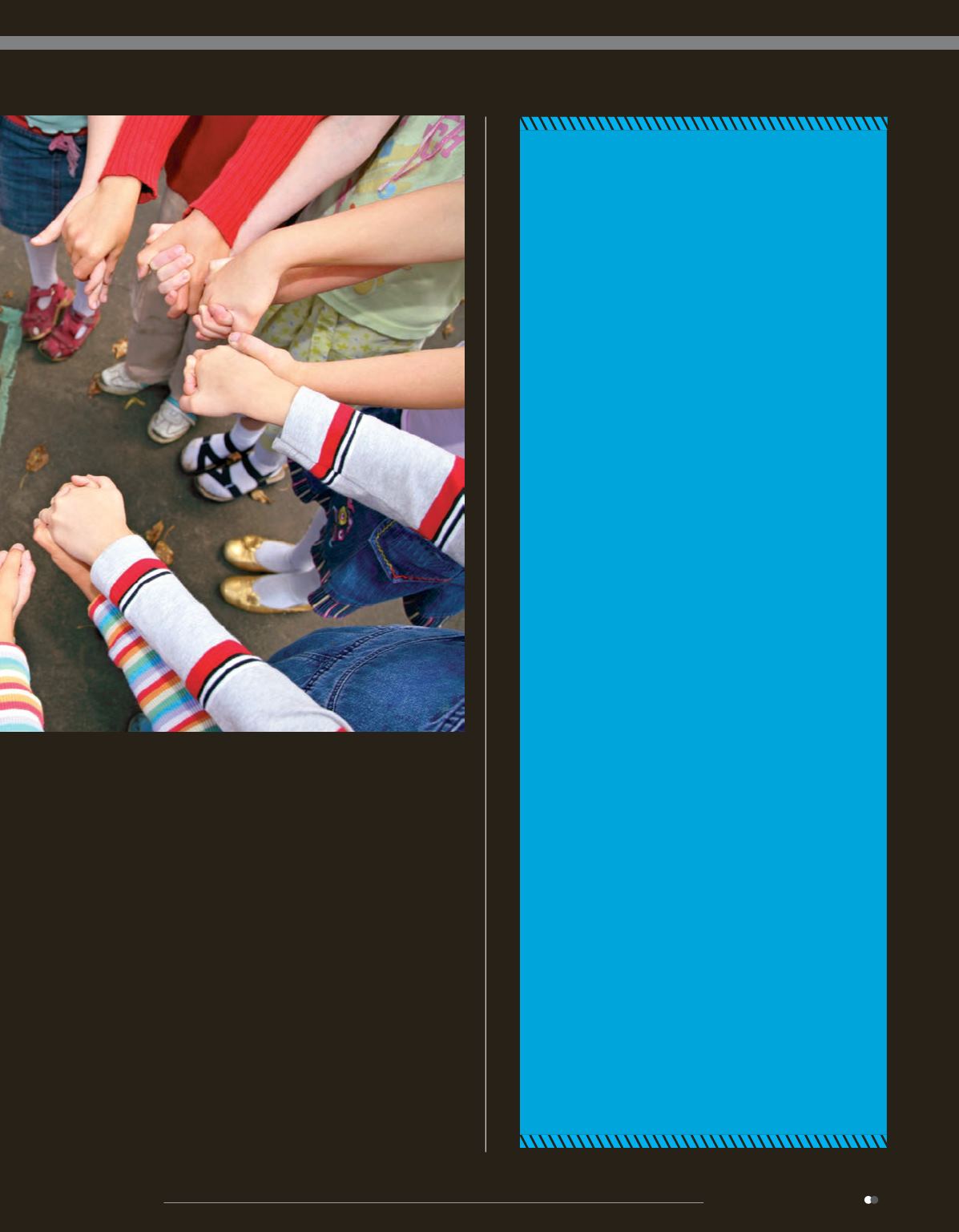

So how come do one’s actions and behaviors
change with substance use? Actually all these
changes stem from the changes in brain’s
operation system. Turkish Green Crescent
Science Board Member and Psychological
Counselor Uğur Evcin informed us about
the effects during the substance use and its
aftermath.
●
Addiction is a ‘brain disease’
Studies show that healthy brain development in
human beings takes place between the ages of
5 and 20. The last developing part of the brain
is called frontal cortex. This lobe is important for
skills related to decisionmaking, learning and
controlling. Since addictive substances change
brain and its operating system, addiction is a
brain disease.
●
Substance use can cause permanent damage in
adolescents’ brains.
Addictive substances affect the brain of
an adolescent far more than an adult brain.
Adolescent brain is still in its development
process and its all areas do not function yet.
Studies show that the damage caused by the
substance in developing brains is more likely to
be permanent.
●
Memory starts to collapsewith brain’s new
order
Drugs form a new order in brain neurons within
time and cause addicts to get less pleasure out
of life. This negatively affects the brain’s certain
areas related to decision making, learning,
memory, sleeping, controlling emotion and
behavior. It causes the addict to have a lower IQ
level and get poor grades from tests. Also, the
addict has a difficulty in remembering what he
says or what he does after the usage.
●
Addiction causes control loss
The addictive substances negatively affect one’s
coordination, harm his sports and driving skills
and make him clumsy. The substance abuse
creates anxiety, hostility and paranoia within
time.
WHAT HAPPENS IN YOUR BRAIN?
* Social environment
The substance use starts with getting accustomed to
its culture and is completed with trying it. Substance
use culture is learned in the social environments away
from adult control where close friends hang out and
have fun. Places such as internet cafes and video
arcades, where young people prefer to go after school
hours, are the most risky ones. Substance can be
easily offered when friends catch an intimate and warm
atmosphere or when one feels sad, distressed and
angry. In such situations, it would be harder to refuse
the substance due to the prevalent atmosphere.
Substance is generally offered for the first time at
the places where people feel safe. Especially an
adolescent’s house is preferred at the time of the day
when parents are not at home. Those who cannot find
a secure home have their first experience in isolated
places such as deserted buildings, parks or gardens.
yesilay.org.tr
9
YEŞiLAY
•
SPRING 2015

















